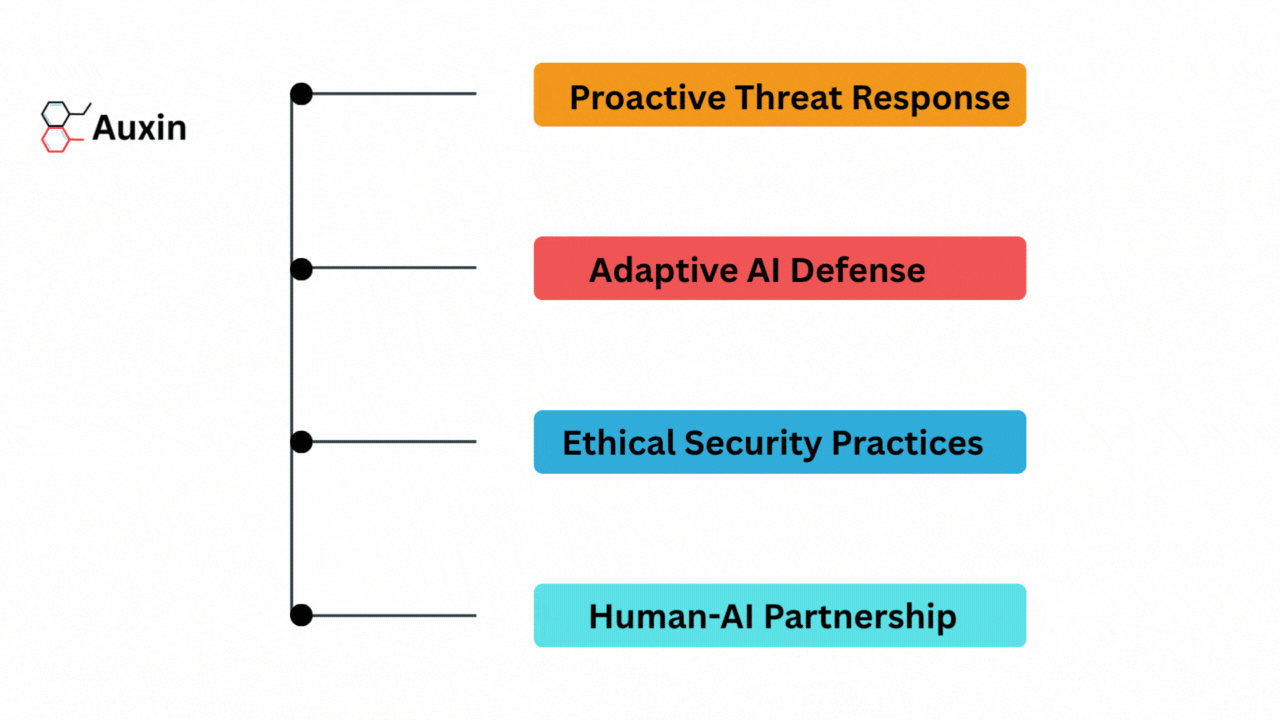AI Chatbot Security: Prompt Injection Attacks and Mitigation Strategies
According to Cyber Security Hub AI Chatbots are surging in popularity, with ChatGPT notably reaching a staggering 180.5 million unique visitors in August 2023. These bots are revolutionizing numerous industries, ranging from healthcare and travel to content creation and sales, offering businesses a more efficient way to engage with customers and cut labor costs.
While AI chatbots offer a convenient and interactive way to engage with businesses and organizations, their growing popularity comes with a rising security threat: prompt injection attacks. These attacks exploit vulnerabilities in how chatbots interpret user input, potentially leading to misinformation, data breaches, and even offensive behavior. But that’s not the only cybersecurity concern we face this month. Let’s dive into the latest threats and how to stay protected.
The Rise of the Sneaky Prompt
Think of an AI chatbot as a powerful language model trained on extensive text data. Users interact with it by providing “prompts,” essentially instructions or questions. In a prompt injection attack, malicious actors craft specially designed prompts that trick the chatbot into performing unintended actions. This could involve:
Spreading misinformation: An attacker might inject code into a prompt that makes the chatbot generate fake news or propaganda.
Stealing sensitive data: A cleverly crafted prompt could manipulate the chatbot into revealing confidential information like account details or customer data.
Generating offensive content: Imagine a chatbot programmed to be helpful and polite suddenly spewing harmful or discriminatory language – all thanks to a malicious prompt.
Why Now? The AI Boom’s Double-Edged Sword
As AI technology advances and chatbots become more sophisticated, the potential for prompt injection attacks grows. The vast range of tasks chatbots are now performing – from handling customer service inquiries to conducting financial transactions – increases the potential impact of an attack. Hackers constantly seek new vulnerabilities, and prompt injection offers a potentially lucrative avenue for gaining access to data, disrupting operations, or damaging reputations.

Beyond Chatbots: Other Cybersecurity News to Heed
While prompt injection grabs headlines, it’s not the only security concern demanding attention:
- Data breaches continue to climb: 2023 saw a surge in data breaches, with millions of records exposed monthly. From healthcare providers to tech giants, no sector is immune. Robust data security practices and user awareness remain crucial.
- Supply chain attacks evolve: Hackers increasingly target software supply chains to infiltrate systems and gain access to a broader network. Ensuring software integrity and verifying updates are essential defense strategies.
- Ransomware remains a significant threat: Businesses continue to fall victim to ransomware attacks, where attackers encrypt data and demand ransom for its recovery. Regularly backing up data and executing robust security measures are vital.
Staying Ahead of the Curve: Proactive Cybersecurity Measures
While the cybersecurity landscape is ever-evolving, proactive measures can mitigate risks:
- For developers: Implement robust input validation and filtering mechanisms to detect and prevent malicious prompts. Regularly update chatbot software and address known vulnerabilities.
- For businesses: Educate employees about prompt injection attacks and encourage safe chatbot interaction practices. Conduct regular protection audits and penetration testing to identify and address vulnerabilities.
- For users: Be wary of unusual prompts or requests from chatbots. Verify information before acting on it and report any suspicious activity to the relevant authorities.
The Future of AI Security: Collaboration is Key
Combating the evolving threats in the AI space requires a collaborative effort. Developers, businesses, users, and cybersecurity experts need to work together to:
- Share knowledge and best practices: Open communication and information sharing are crucial for avoiding emerging threats.
- Develop robust security standards: Industry-wide standards for secure AI development and deployment are essential for building trust and mitigating risks.
- Invest in research and development: Continuous research into AI security vulnerabilities and mitigation strategies is vital for staying ahead of the curve.
Remember, cybersecurity is not a one-time fix but an endless process. By staying informed, taking proactive measures, and working together, we can build a more secure future for AI-powered interactions.
Final Thoughts
In the ever-evolving landscape of AI security, the surge in prompt injection attacks against chatbots is a stark reminder of the vulnerabilities ingrained in our digitally interconnected world. Beyond grappling with this emerging threat, the cybersecurity community faces a triad of challenges, from escalating data breaches to evolving supply chain attacks and persistent ransomware threats.
As we navigate this complex terrain, the key to a secure future lies in proactive measures, collaboration, and continuous research. Developers, businesses, users, and cybersecurity experts must join forces to share knowledge, establish industry-wide standards, and invest in research, ensuring that our journey towards AI security is not just reactive but a steadfast, collective commitment to building a resilient digital frontier. For more insightful blogs, visit auxin.io.







